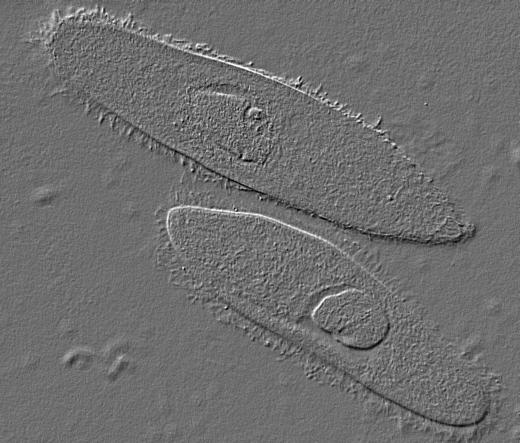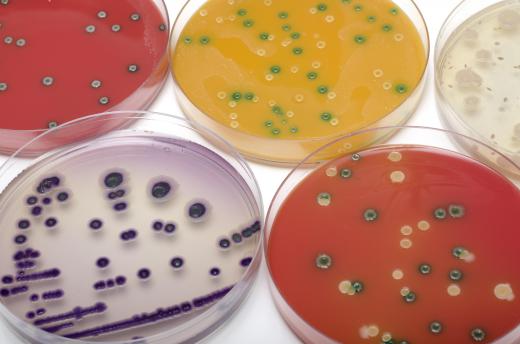What are the Main Categories of Organism?
 Michael Anissimov
Michael Anissimov
Organisms are usually categorized according to the three-domain system, introduced by Carl Woese in 1990. It replaces the older five-kingdom system of organism classification. In the Woese classification, the three domains of life are: Bacteria, Archaea, and Eucaryota.
Also under consideration is the addition of a fourth domain, Acytota, meaning "without cells", to represent viruses and other cell-less pseudo-organisms such as prions. Even more speculative is a fifth domain organisms, Nanobiota, which may represent extremely small, life-like filamentary structures found in some minerals. More recently, in 2002, some scientists have regarded Archaea and Eucaryota as part of the same domain, Neomura.

The most important division in life is generally regarded as that between prokaryotic organisms (cells with nuclei) and eukaryotic organisms (with nuclei). A slightly less significant, but still very important, distinction is that between unicellular and multicellular organisms, and between plants and animals.
If viruses are eventually recognized as a valid form of life, then the most important division would become whether or not a life form is cellularly based at all. The possible admission of viruses into the kingdom of life was initiated with the discovery of Mimivirus, a very large DNA virus with genes coding for nucleotide and amino acid synthesis, something even certain bacteria lack.

Yet another major category difference is that between aerobic (oxygen-breathing) and anaerobic (no need for oxygen) organisms. Once, when the Earth's atmosphere was primarily carbon dioxide, the Earth was covered with anaerobic organisms, but many of these died out during the Oxygen Catastrophe, a long period during which aerobic organisms rose to prominence, releasing large amounts of oxygen toxic to the anaerobic organisms. Now, anaerobic organisms are most frequently seen in compost heaps.
If life is ever discovered on another planet, that would represent an even more fundamental division in life. The term used to refer to Earth's organisms collectively is Gaeabiota. Sometimes the oldest common ancestor of earthly life is called LUCA, which stands for the "last universal common ancestor". LUCA is thought to have lived between 3.6 and 4.1 billion years ago
AS FEATURED ON:
AS FEATURED ON:












Discuss this Article
Post your comments